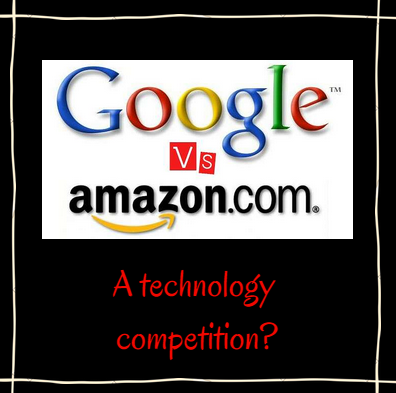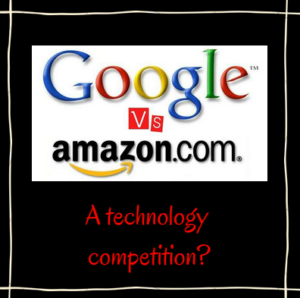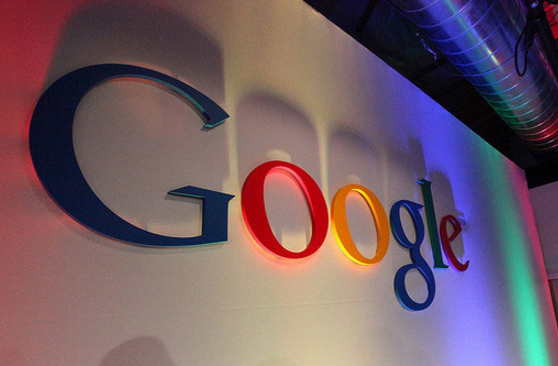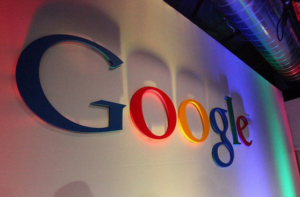Can you remember about 2 decades ago when search engines were just getting started? It was an amazing technology to look forward to, but not many of us would have expected the rapid developments in this field that have occurred. Or the tremendous domination of the facts about Amazon this technology by Google.
Google tackles so many different things all at once that at times it’s hard to keep track of or even fully comprehend it.
A very interesting company to say the least. So we decided to do some research homework and see what kinds of different things we could learn about Google. We’ve plucked out our favorite facts from that research to bring you this selection of surprising tidbits.
Related: Aware of These Amazing Facts on Innovation?

In this article, we will put forth many amazing facts about Google that surprised and interested us and that will probably surprise many of you. . See how many of these facts you did not know.
Let’s get started.
Company background
Google was founded in 1997 by two Stanford University Ph.D. students Larry Page and Sergey Brin whose initial company mission statement was:
“To organize the world’s information and make it universally accessible and useful”
They seem to have made a good dent in achieving this goal since they started the company, don’t you think?
Images
When the Google Street View product first debuted, it featured 5 U.S. cities shot with 5-megapixel cameras. Now, Street View has images from every continent and uses 75-megapixel cameras.
Over six billion hours of video are watched each month on YouTube — that’s almost an hour for every person on Earth.
Where does all that content come from? Users upload 300 hours of video to YouTube *every minute.*
Search
In 1998, the year Google launched, users were making about 500,000 searches per day. Now, there are more than 2 million Google searches per second.
Google’s search index is more than 100 million gigabytes in size. It would take 100,000 one-terabyte personal drives to contain the same amount of data.
Google uses approximately 20 petabytes of user-generated data every day. (Petabytes are estimated at 10 to the 15th power. So 1 petabyte is approximately 1,000,000,000,000,000 bytes.) It uses massive amounts of computation to index the Web, process search results, serve up ads, and more.

Google takes over 200 factors into account before delivering you the best results for any query in a fraction of a second.
Technology
Technology is enhancing us as human beings and the integration of artificial intelligence is slowly being weaved and embedded into our activities and habits almost without us noticing. This reliance that is permeating our day-to-day existence even extends to a reported 60% plus of all buying decisions now starting with a Google search as we start our research online rather than walk the shop aisles and asking sales attendants questions.
It’s been barely 13 years since conception but the search company whose slogan is “Don’t be evil” (reputed to have been coined by the Google engineer Paul Buchheit in 2006 ) has now struck out into other technology areas beyond their core search business such as:
The successful Android mobile operating system is reporting 400,000 activations per day (April 2011).
More than 1 billion Android phones shipped last year. That means Google’s operating system now has an astounding 81% market share.
Big investments
When Google wants something, it’s not afraid to drop some cold, hard cash to get it. It has made more than 170 acquisitions over the years. The top ten most expensive alone totaled $24.5 billion
Google Energy that is developing and investing in renewable energy projects such as wind farms in North Dakota
Google Driverless Car that uses Google Street View with artificial intelligence technology
Google takes on moonshots — projects that could change the world for millions of people. However, it also takes on important projects that matter only to a small number of people: In 2012, Google introduced the Cherokee language in Gmail.
It’s fun to talk about all of Google’s moonshot projects like self-driving cars and “smart” contact lenses, but that’s not where the money is. In 2014, about 89% of Google’s $66 billion in revenue came from advertising. Google also has the ability to track and analyze a person’s online behavior and inform advertisers what sites a browser has visited, what ads have been clicked on, and what search terms have been used.
People rely on Google’s services so heavily that when they all went down for 5 minutes in 2013, global internet traffic dropped by 40%.
Facebook users spend the most minutes on the Internet with over 250 billion minutes in May 2011. Microsoft and Google came in second and third with 204 billion and 200 billion minutes, respectively.
Fellow graduate student Sean Anderson suggested Google creators Page and Brin name their site “googolplex.” Page suggested they shorten it to “googol,” which refers to the number 1 followed by 100 zeroes. Anderson mistyped “googol” as “google,” which was an available name. The name reflects Google’s mission to organize massive amounts of information on the Web.
Stanford, which holds the patent to the PageRank algorithm Larry Page created, received 1.8 million shares of Google stock in exchange for long-term rights to the patent. Stanford’s profit was $336 million, most likely the most money any university has ever received from a single invention.
There are Google bikes parked throughout the Googleplex that employees can hop on and ride from building to building. None of them is locked; employees simply take them when they need them. Additionally, a doctor regularly visits the Google campus so Googlers don’t have to leave the office for a checkup. Google is also known for its “20% time,” the one day a week that employees can take simply to work on something that interests them
Google has extraordinary on-campus daycare centers for employees’ children, which are based on a philosophy called Reggio Emilia, a self-directed learning program. However, in 2008, the company realized it was subsidizing each child to the price tag of $37,000 a year. As a comparison, getting a Ph.D. in computer science at Stanford costs $34,000 a year.
Surprising things
This awesome company has become an integral part of our lives and the word has even become a verb as we are often heard to say let’s “Google” that. I have even heard the web giant referred to in hushed tones during heated discussions and when a controversial fact or figure is being debated across a dinner table or at the local bar as to whether it is true or false and a person will pull out their iPhone and say “let’s check Lord Google”.
Reluctant to leave school to devote time to their new search engine, Page and Brin attempted to sell google.com for $1 million to AltaVista. Fortunately for them, Alta Vista passed . . . as did Yahoo!, Excite, and other search engines.
Google believes that its employees should not have to go more than 150 feet for food. Therefore, it has food stations placed everywhere within 150 feet for the employees.
Google has a real job profile named“Chief Cultural Officer” who is responsible to retain Google’s cultures like no hierarchy, happy employees, and a flat organization.
Google provides its employees with comprehensive health coverage that also covers their families’ healthcare requirements. Google understands the importance of family and does everything to make sure they are taken care of.
Key takeaways
Google tackles so many different things all at once that at times it’s hard to keep track of or even fully comprehend it. And for every amazing fact, we know about there are probably at least 10 more that are not known to the public. If we really want to keep up, we would have to rewrite this article at least every several years, wouldn’t we?
Need some help in improving the innovation process for you and your staff? Innovative ideas to help the differentiation with your toughest competitors? Or maybe ways to innovate new products and services?
All you get is what you bring to the fight. And that fight gets better every day you learn and apply new innovative ideas.
When things are not what you want them to be, what’s most important is your next step. Call today.
Test. Learn. Improve. Repeat.
Do you have a lesson about making your innovation learning better you can share with this community? Have any questions or comments to add in the section below?
Mike Schoultz is the founder of Digital Spark Marketing, a digital marketing and customer service agency. With 40 years of business experience, he blogs on topics that relate to improving the performance of your business. Find them on G+, Twitter, and LinkedIn.
Digital Spark Marketing will stretch your thinking and your ability to adapt to change. We also provide some fun and inspiration along the way.
More reading on continuous learning from Digital Spark Marketing’s Library:
Studying Innovative Change for Creative Business Ideas
The Most Innovative Company? Our Answer May Surprise You
Aware of These Amazing Facts on Innovation?
Creative Collaboration is the Solution for the Toughest Business Problems
Like this short blog? Follow Digital Spark Marketing on LinkedIn or add us to your circles for 3-4 short, interesting blogs, and stories per week.








